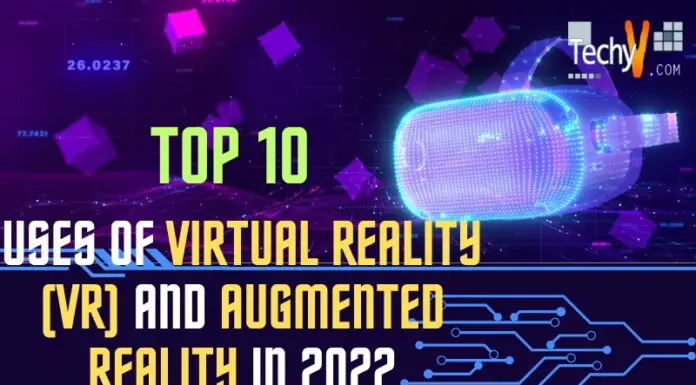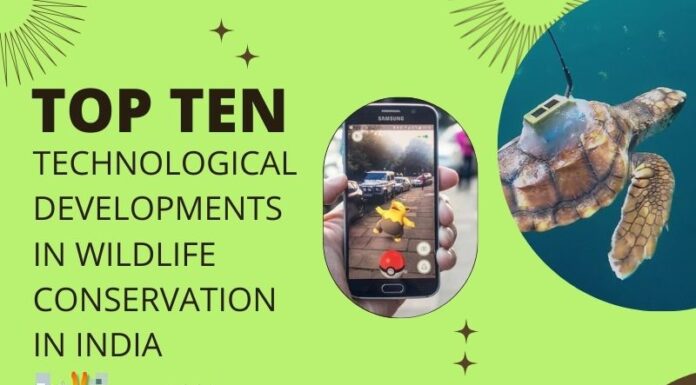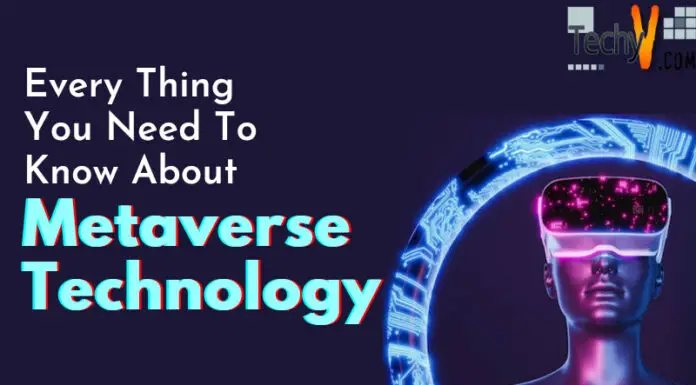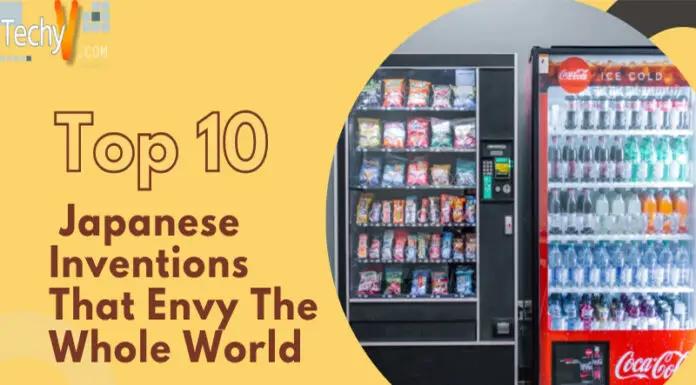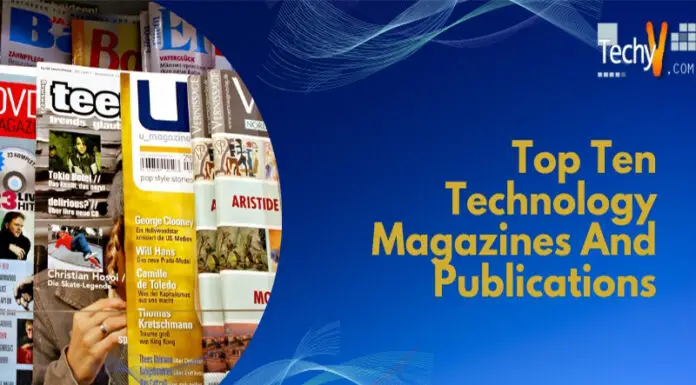Technology like any other field has improved the satellite systems as well. Technology helps save time and reduce the cost of manufacturing satellite products. The satellite technologies give us much-needed data on upcoming rainfalls and temperature variations, land degradation, illegal resource extraction, and crop yields, among other areas. This information also assists authorities and governments make conscious decisions about strategies and programming and utilizing their resources in a better way. Satellite-based telecommunications can aid emergency squads during emergency response, and help track access to medical and teaching facilities. All these benefits would have been not possible if satellite systems were not properly developed. Thanks to technology that has enabled the satellite systems to help us in our day to day life like this.
1. Small Satellites
Small satellites as the name suggests are satellites with low mass and size. These satellites aid advance scientific and human analysis, lessen the cost of new space missions and broaden access to space. The only satellites made by the people were very small. Explorer gave the data which led to the identification of the Van Allen radiation belts.
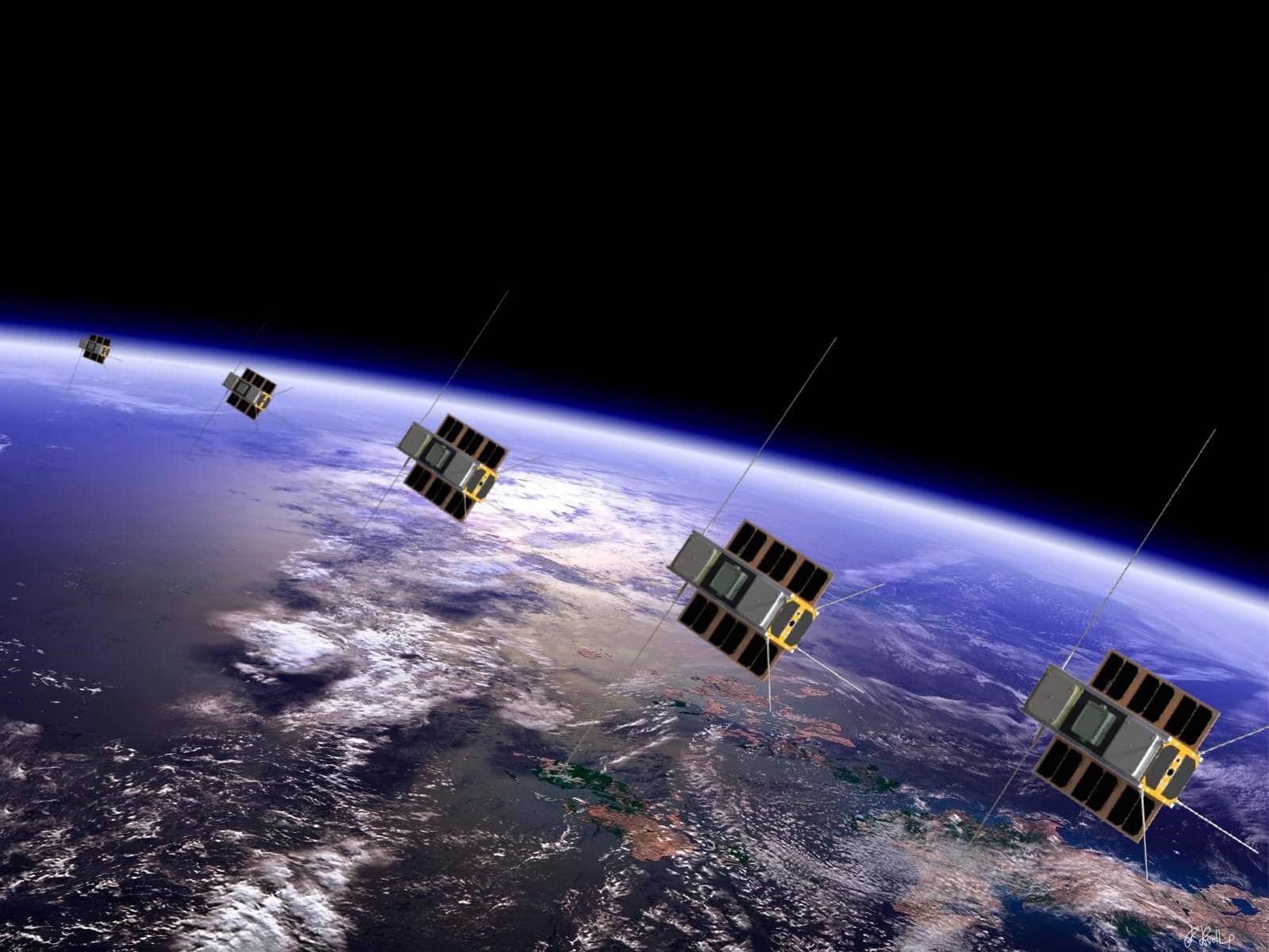
2. Satellite Internet of Things
With Satellite IoT you can manage your satellite connectivity. No matter what, with Satellite IoT you can reliably monitor, track and manage application connectivity. As the only commercial satellite constellation capable of delivering true universal coverage, Iridium is at the forefront of this industry. It is as familiar as managing your cellular IoT services and devices.
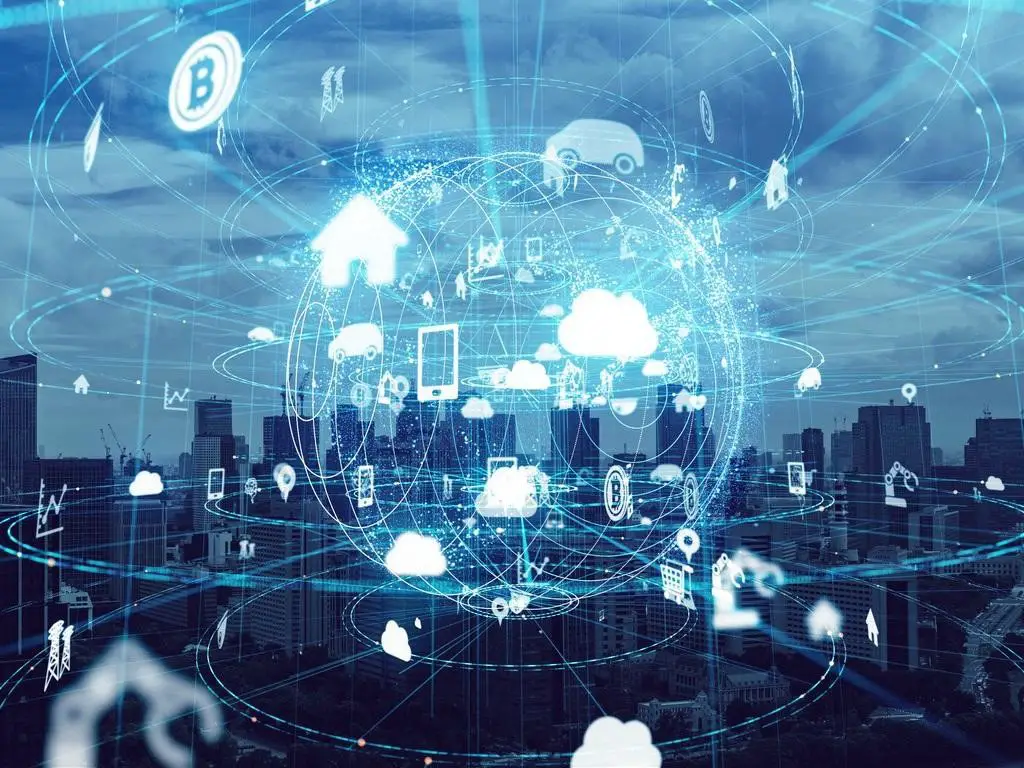
3. In-Orbit Services
In Orbit service provides services, refuelling, repairing and even upgrading the satellites which are in Orbit. For doing so an advanced spacecraft with a specialised toolkit and robotic arm is required. The potential malfunctions can be recognized and mitigated without the satellite becoming part of the debris group. If a satellite still becomes useless, it can be safely eliminated from orbit.
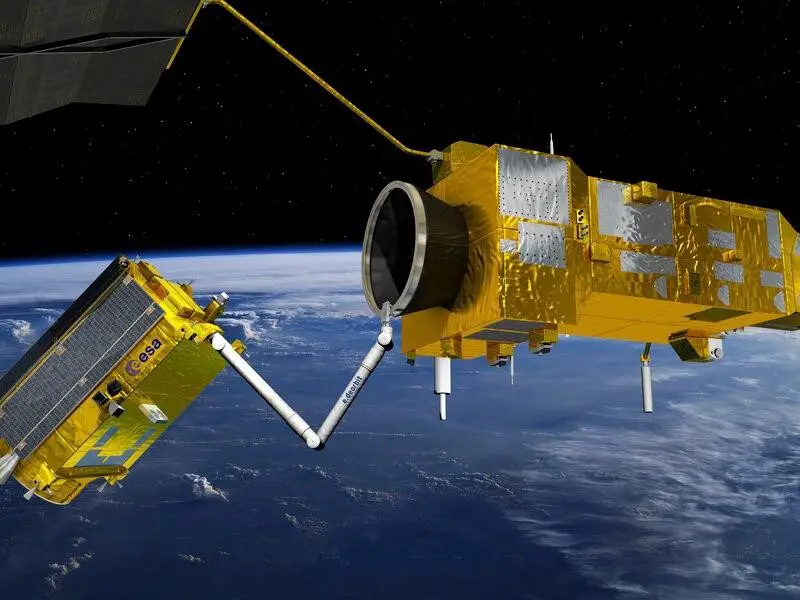
4. Advanced Ground Systems
Primarily, all the ground systems for several applications are communications systems. These systems are designed to give real-time communication with satellites. Although the radio frequencies, modulation, multiplexing techniques and encryption strategies utilized vary for a variety of reasons. All application satellites require satellite communications between the spacecraft and the ground system.
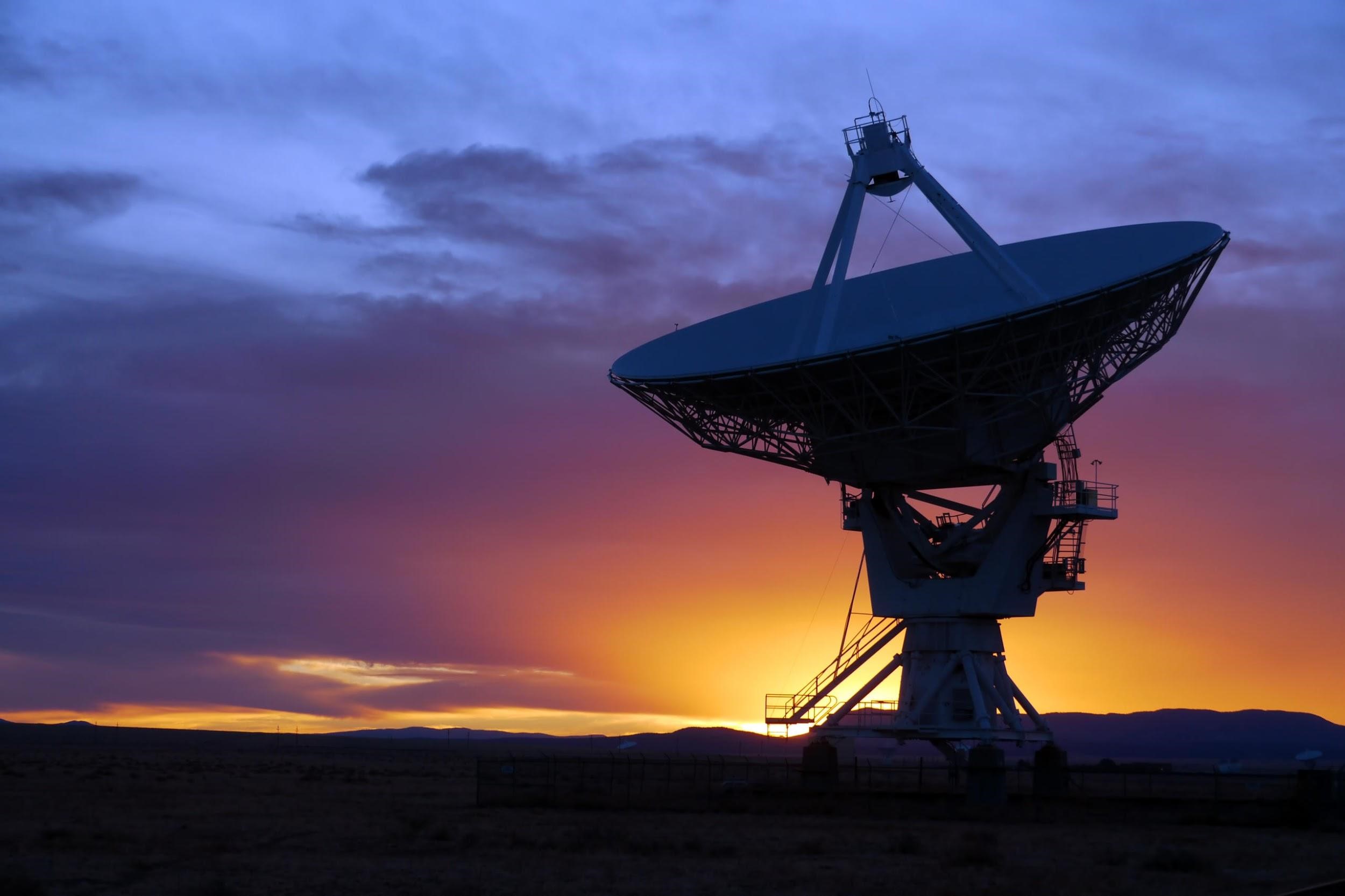
5. Artificial Intelligence
Artificial intelligence is used in satellite systems to control the navigation of satellites in other space assets. To recognise satellite patterns AI uses previous data. After recognising the satellite pattern, the AI systems can change the path of the craft so that any collision can be prevented. Artificial intelligence also supports communication between the earth and space.
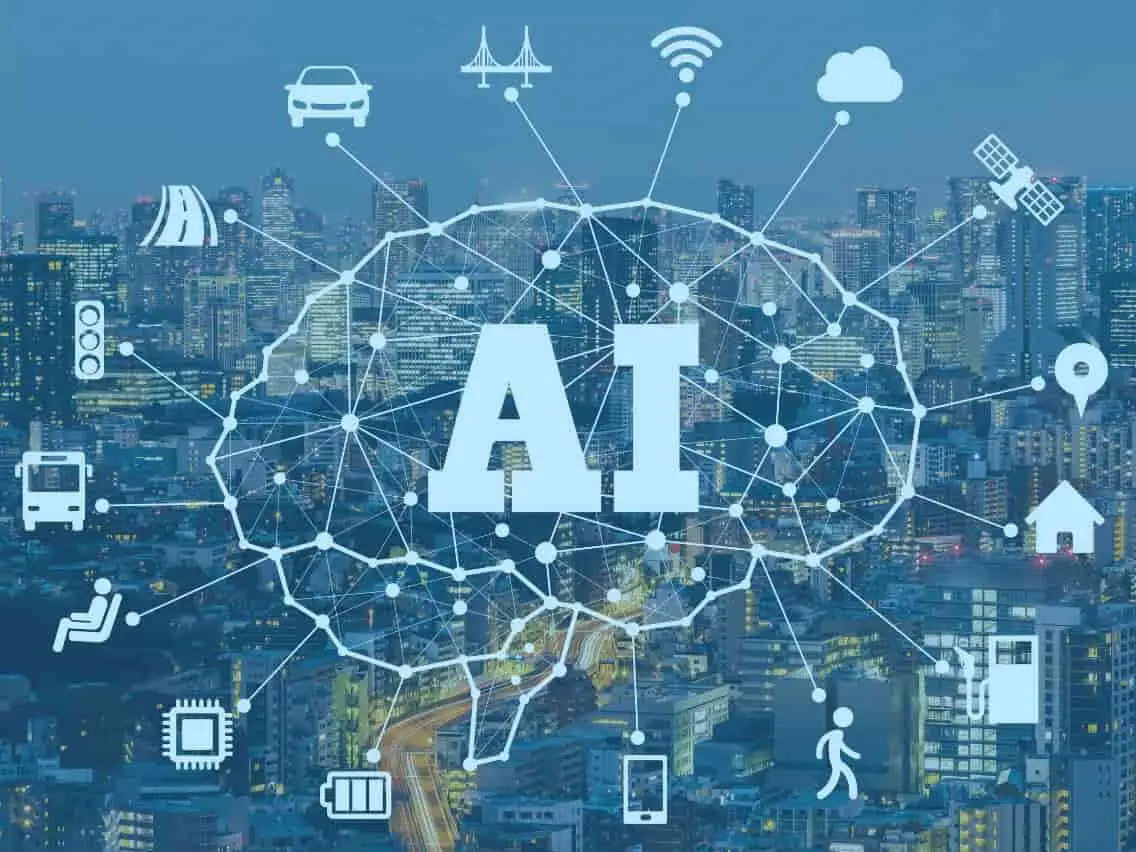
6. Advanced Payload Systems
In space terms ‘Payload’ means those components of the spacecraft mainly dedicated to generating mission data and then transferring that data back to the Earth. The components of the spacecraft include communications antennas, receivers, and transmitters. A payload is what a satellite is made for, the main function of the satellite is performed by the payload.
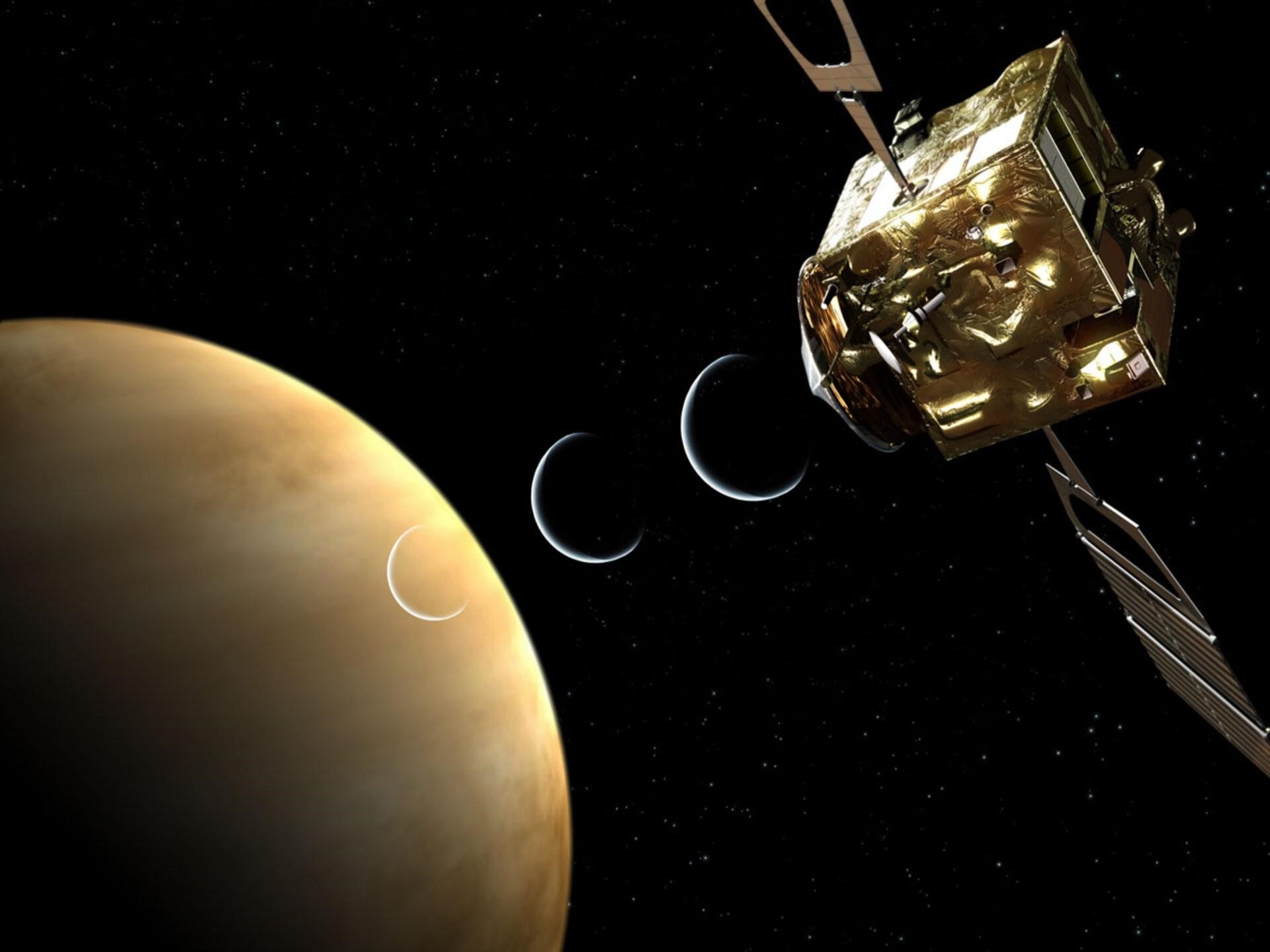
7. Very High Throughput satellites
High-throughput satellite(HTS) is a communication satellite that gives extra throughput than traditional communication satellites. Higher throughput refers to a considerable boost in capacity when using the same quantity of orbital spectrum. And Very High Throughput Satellites are ideally worked out to support 5G as they give better flexibility than HTS and can better match traffic distributions, include more demand per beam and aid dynamic service delivery.
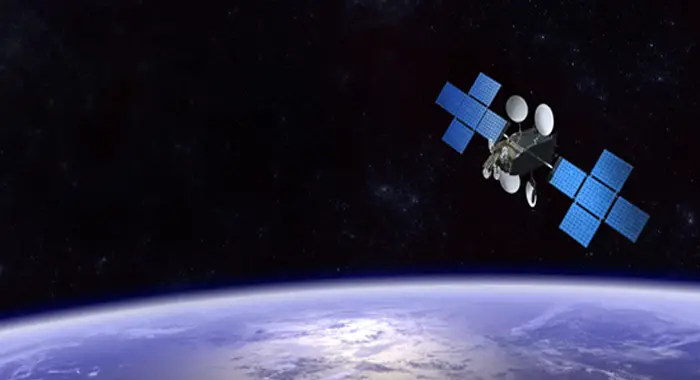
8. Spacecraft Propulsion
Spacecraft propulsion is any technique that is used to add speed or accelerate spacecraft and artificial satellites. In-space propulsion only deals with propulsion systems utilized in the vacuum of space. When in an orbit, satellites need to be correctly pointed concerning the Sun, the Earth, and maybe some astronomical objects. They can be also dragged from the thin atmosphere, so to stay in orbit for a long time, some form of propulsion is sometimes important to make minor improvements. Many satellites need to be shifted from one orbit to another from time to time. This also needs propulsion.
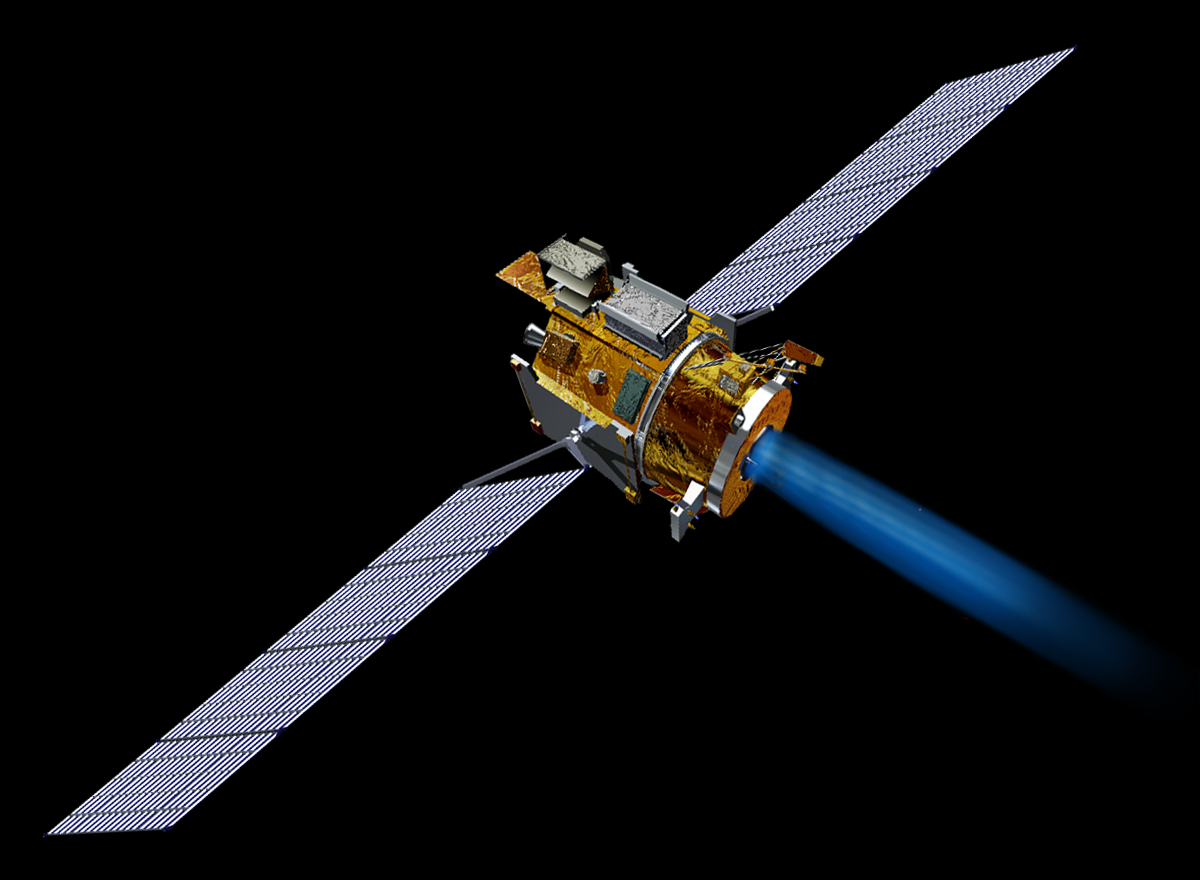
9. 5G
Technical advancements within the underlying 5G architecture generate a new ability to communicate and disseminate information. These developments will lead to new opportunities for the satellite industry. The 5G also allows the satellite industry to expand its range of services far beyond the provision of satellite TV and the Internet.

10. Launch Services
Due to the increasing numbers of small satellites and overall satellites launched, flexible launches are in great demand by satellite owners. The use of reusable Rockets for placing satellites in any orbit is the greatest innovation in ground launch systems. They drastically reduce the launch cost of the commercial satellites.
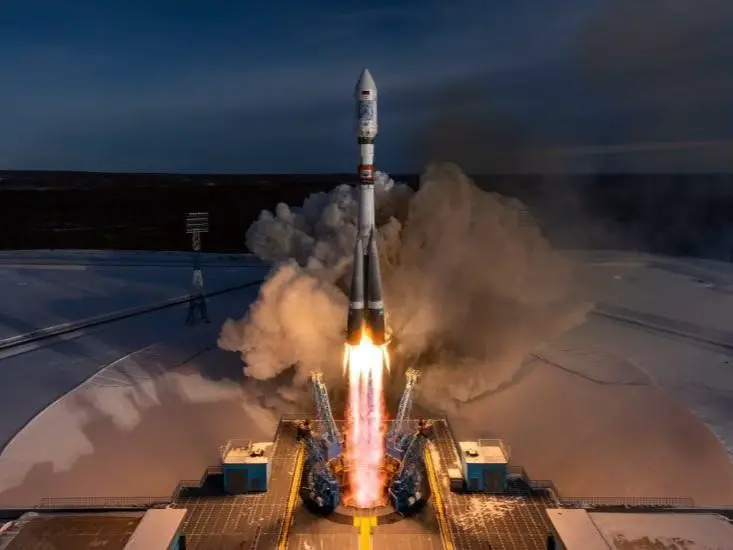
Technology has helped improve the satellite systems a lot. Which contribution of technology do you find the best and why?




